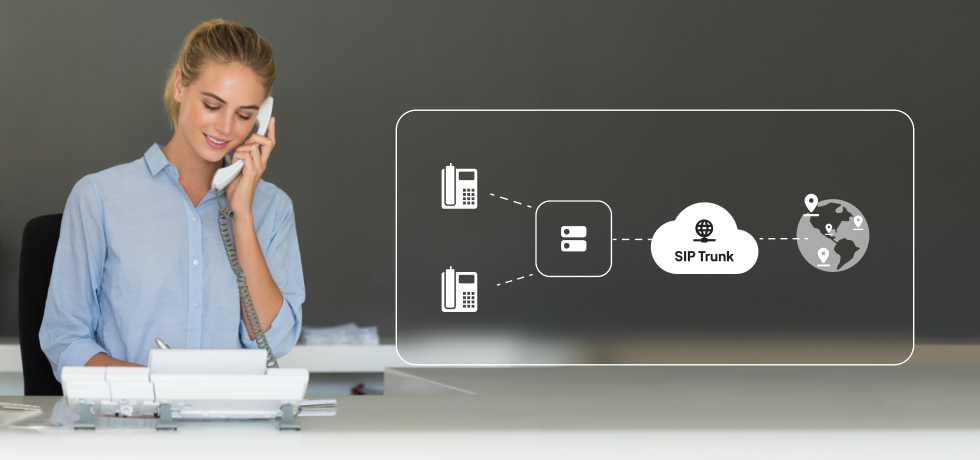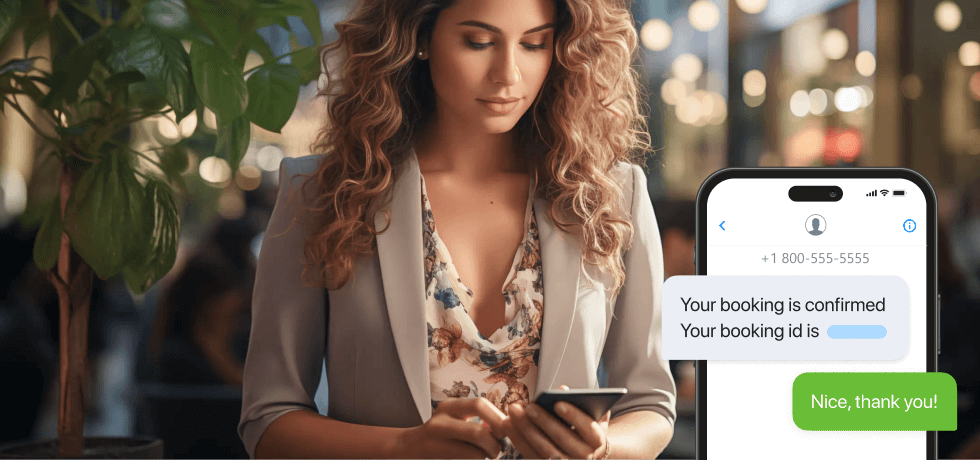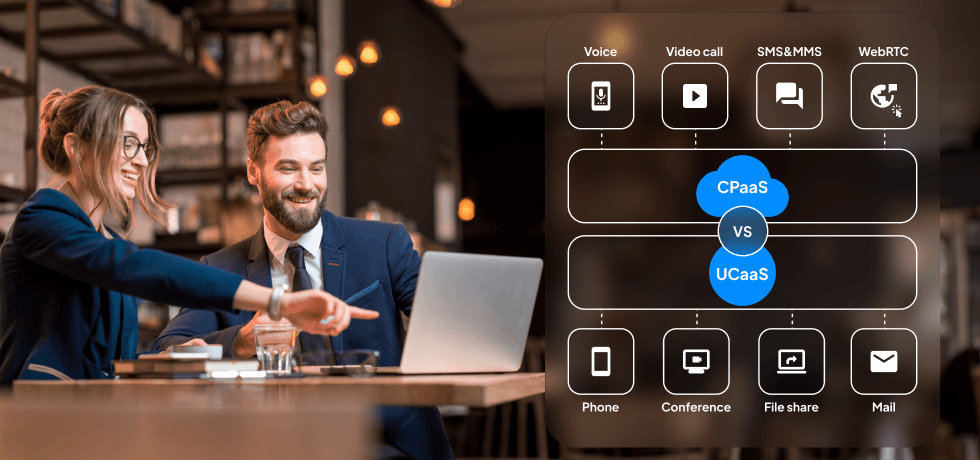
Acquiring new customers is more expensive than ever, so keeping existing ones has never been more critical. In 2025, smart B2B companies are turning to customer retention strategies that focus on personalization, proactive communication, and long-term value.
That is because loyalty isn’t earned through discounts alone anymore. It’s built through trust, consistency, and real engagement.
So, whether you’re facing increased churn or want to future-proof your customer base, these eight retention strategies will help you keep your clients coming back for more.
Now, let’s start off with some stats.
B2B customer retention statistics
The following statistics demonstrate the importance of customer retention for B2B companies. They highlight the potential benefits of implementing effective customer retention strategies.
- 71% of B2B customers are Millennials and Gen Z’ers. Therefore, customer retention strategies must adapt to their distinct expectations.
- As customers share more data, they anticipate better experiences. However, only 39% of marketers meet this expectation with full loyalty program functionality across all touchpoints.
- 62% of customer experience leaders acknowledge they are not up to speed with the instant experiences customers anticipate.
- 78% of customers now anticipate a higher level of personalization in their interactions.
- In 2023, B2B services reported a net promoter score (NPS) of 39%.
How B2B retention is different from B2C
B2B and business-to-consumer (B2C) customer retention strategies differ in several ways. This is due to differences in the nature of their customers, purchase decision-making processes, and business models.
- In B2B, customers are typically other businesses, which tend to have longer and more complex sales cycles, higher purchase volumes, and more specific needs than individual consumers in B2C.
- B2B customer retention strategies focus on building strong relationships with key decision-makers and providing customized solutions that meet their unique needs.
- B2C customer retention strategies focus on broader customer satisfaction and loyalty through personalized experiences, rewards programs, and customer support. B2B customer retention strategies involve regular check-ins and personalized interactions to maintain a close relationship with the customer.
- Additionally, B2B businesses may prioritize long-term contracts and renewals rather than one-time purchases to retain customers.
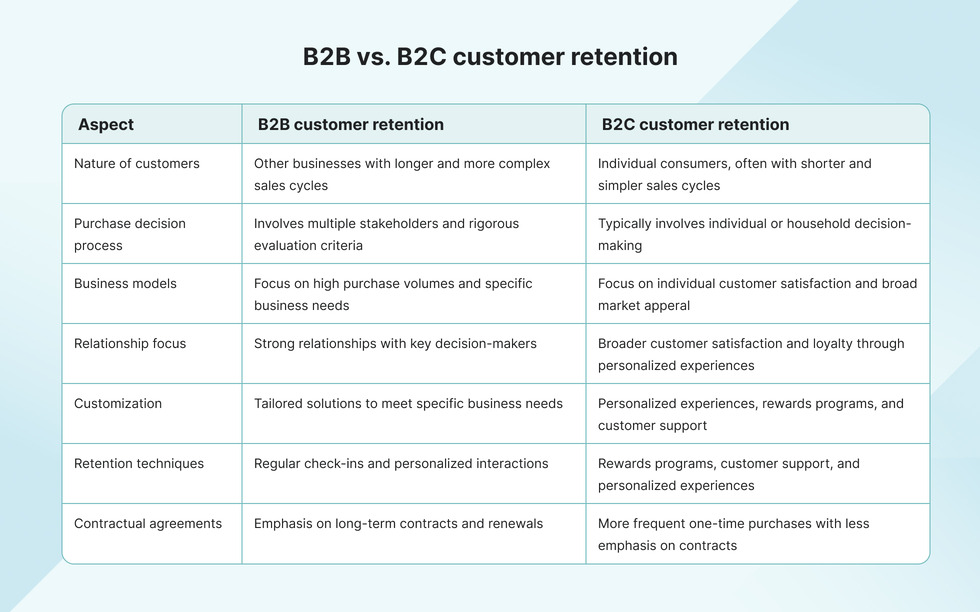
Customer retention strategies that work in 2025
Follow these customer retention strategies to keep your customers happy and engaged.
1. Personalization
61% of customers prefer to spend more with businesses that deliver personalized experiences. Personalization can help build trust and loyalty with your clients and increase their engagement and satisfaction with your brand.
Salesforce leverages data and analytics for personalized recommendations and insights to help clients get the most out of its platform. They included personalized dashboards and reports that provide real-time data on key business metrics tailored to each client’s specific needs and preferences.
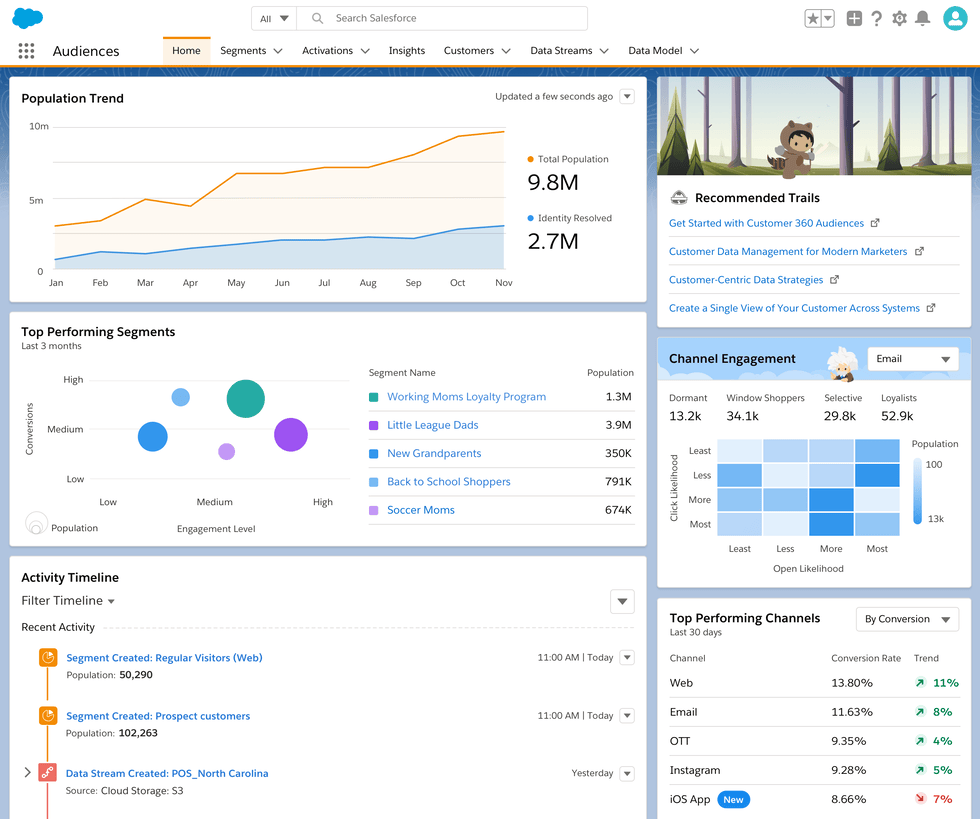
Image source: salesforce.com
Alexandra Ilie, our product marketing manager, explains how we leverage personalization at Textmagic:
“We’ve found that personalization isn’t just a strategy; it’s a commitment to understanding and meeting our customers’ unique needs. By leveraging data and consistently engaging with our clients, we build trust and loyalty that withstands market fluctuations. This approach not only enhances customer satisfaction but also drives long-term business growth.”
2. Exceptional customer service
To implement an exceptional customer service strategy, you must ensure that your team has certain key capabilities.
- Well-trained, knowledgeable, and responsive: They should be able to handle customer inquiries and complaints quickly and effectively and be proactive in identifying and resolving potential issues before they become major problems.
- Able to streamline the customer service process: For example, you could use chatbots or automated responses to quickly address common customer inquiries, freeing up your customer service team to focus on more complex issues.
- Expert in providing personalized communication: This can involve collecting customer feedback through surveys, social media, or other channels and using this information to tailor your customer service approach to each customer. More on this later.
🤝 Rackspace, a managed cloud computing service provider, has built its reputation on providing exceptional customer service. It does that by assigning a dedicated “support team” to each customer. This team works closely with the customer to understand their unique needs and to provide personalized service.
3. Transparent and fair pricing
Customers appreciate knowing exactly what they’re paying for. Transparent pricing is crucial to building customer loyalty, so pricing strategies that align with customers’ needs and budgets are essential.
Key practices include:
- Offering clear, itemized pricing structures that detail what customers are paying for
- Providing flexible pricing models and contracts tailored to meet varying customer needs and budgets
- Regularly reviewing and adjusting pricing strategies to stay competitive and aligned with market trends
🏷️ Zoom, a video communications platform, is a B2B company known for its transparent pricing. They provide straightforward pricing plans that are easy to understand, ensuring that customers know exactly what they are getting and how much it will cost.
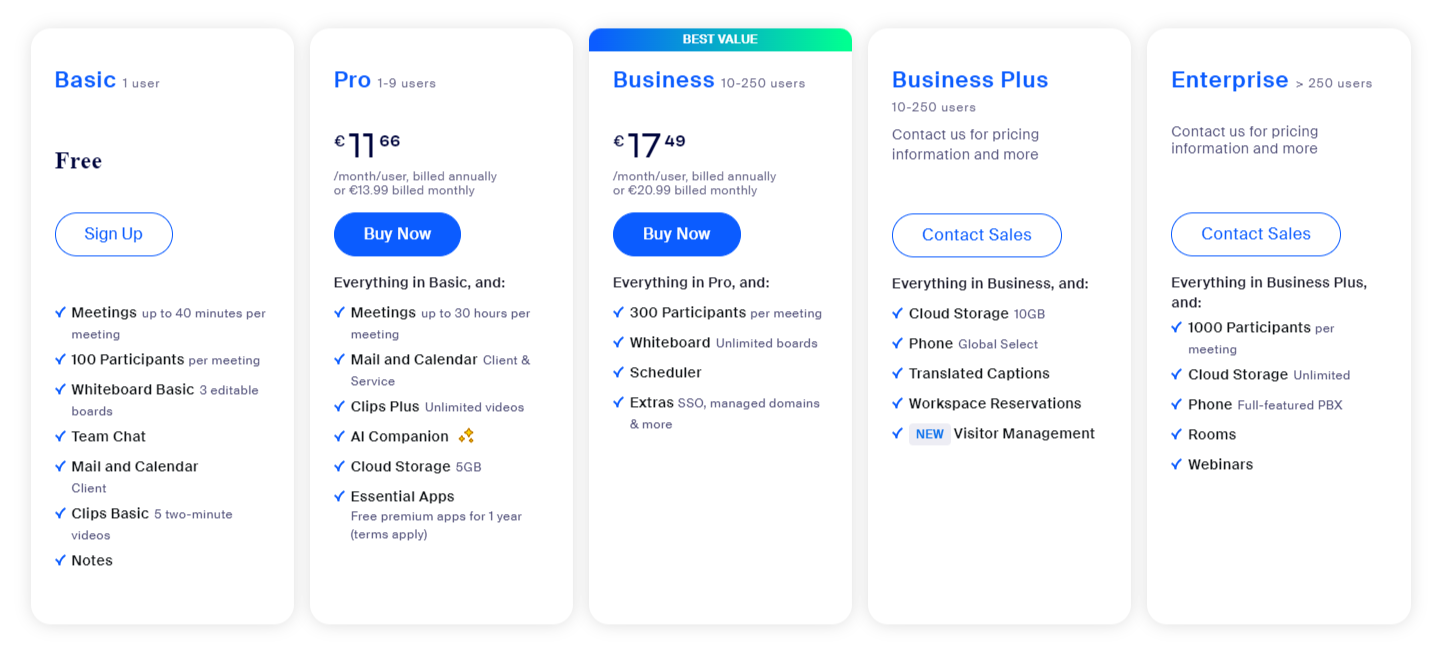
Image source: zoom.us
4. Regular check-ins
To implement a regular check-in strategy, you need to establish a communication sequence that works for you and your customers.
This could involve setting up quarterly or monthly check-ins, depending on the nature of your business and your customers’ needs.
During these check-ins, you should:
- Aim to understand your customer’s current situation and identify any new challenges or opportunities they may face
- Ask open-ended questions, process their responses, and offer helpful advice or suggestions
These check-ins can also be an opportunity to educate your customers about new products or services you offer or to update them on your company’s latest developments. By staying top of mind with your customers, you can ensure that they are aware of everything you have to offer, which can help to drive repeat business.
🛎 Wistia, a video marketing software provider, implemented a regular check-in strategy. One unique aspect of this strategy is the “Customer Growth Dashboard,” which provides a detailed overview of the customer’s video marketing performance. It includes metrics like video views, engagement, and conversion rates.
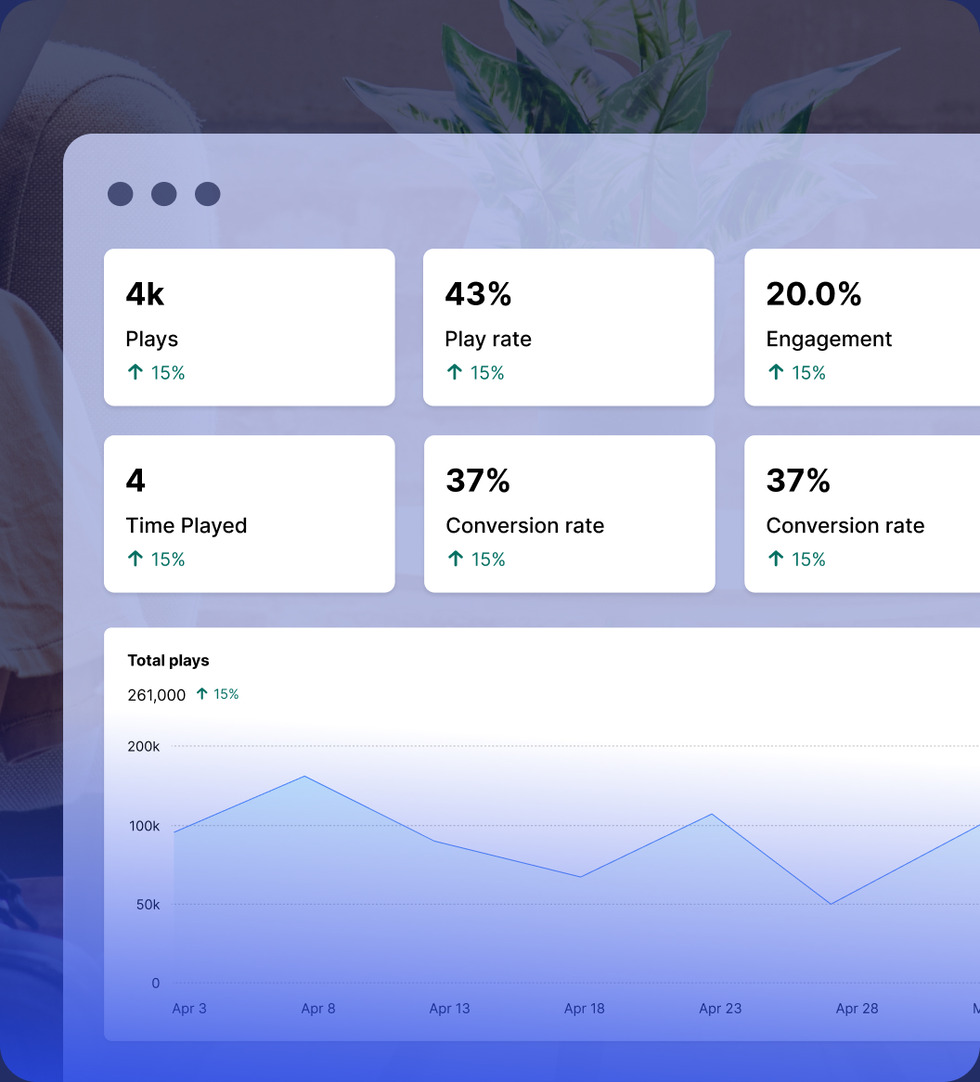
Image source: wistia.com
Customer check-in email template
Here’s an example of a check-in email you could send.
Subject line: Discover pro tips for using [Software name]!
Hi [Customer name],
Thanks for being [Software name] customers for almost [number of years], and congrats on [relevant milestone regarding product usage]!
I am Textmagic’s main contact at [Company name]. After a routine account check-in, I think there’s an opportunity for you to leverage [feature] more through three key areas:
1) [Feature 1 that is relevant to the user] – [benefit]
2) [Feature 2 that is relevant to the user] – [benefit]
3) [Feature 3 that is relevant to the user] – [benefit]
Would you be open to connecting around your current strategy and how these features might align with it?
Best regards,
[Your name]
[Your position]
📩 Need more customer email templates? Check out our article with 62 pre-made email templates for every support situation.
5. Rewards and incentives
Another B2B customer retention strategy is offering perks and benefits tailored to your customer’s needs and preferences.
Here are the main strategies you can use to achieve that.
- Referral programs: These programs can come in the form of discounts, free products, or even cash rewards.
- Loyalty programs: These structured reward programs offer customers points or other incentives for making purchases; the points can be redeemed for rewards such as discounts, free products, or exclusive access to events.
- Exclusive discounts: These can be offered on products or services and structured to reward customers who make frequent purchases or have been with the company for a certain amount of time.
- Personalized offers: These include targeted discounts on products or services that the customer has shown an interest in or even customizing product offerings to suit a customer’s specific needs. Some businesses also offer custom branded merchandise created using sublimation printing, allowing for vibrant, high-quality items that reflect the brand and appeal to loyal customers.
6. Collect feedback and promote reviews
Feedback provides valuable insights into how your customers perceive your products or services, what they like and dislike, and what they need to continue doing business with you.
Here are some ways to effectively collect customer feedback.
- Create surveys that ask specific questions about your products or services or open-ended surveys that allow customers to provide more detailed feedback. These can be conducted online, through email, or phone interviews.
- Monitor social media channels for mentions of your brand, products, or services, and respond to customer comments or direct messages.
- Collect reviews and ratings on platforms like Google My Business, Yelp, and industry-specific review sites. Make sure to respond to both positive and negative reviews.

7. Upselling and cross-selling
You can increase customer retention by providing access to additional products and services.
Here are some actionable ways to achieve that.
- You can offer bundle deals with products or services at a discounted price. This can incentivize customers to purchase additional items they may not have considered otherwise. For example, a marketing agency might offer a deal with social media management, content creation, and email marketing services.
- You can also personalize upsell and cross-sell offers based on each customer’s needs and usage patterns. A telecommunications company might consider including a larger data plan for customers who have consistently exceeded their current plan’s limits.
- Collecting and analyzing data helps identify products or services that customers will likely be interested in. This enables targeted upsell and cross-sell offers. For example, a software company might use data to identify frequently used features and offer an upgrade to a more advanced version that expands these features.
8. Continuous improvement
The goal of continuous improvement is to stay ahead of the competition and meet customers’ evolving expectations.
This involves regularly analyzing customer feedback and data to make iterative improvements to products or services. Here are some actionable examples of how you can achieve continuous improvement:
- Analyze usage patterns, purchase history, and other customer data
- Implement agile methodologies (Scrum, Kanban, Design Thinking, Lean Startup)
- Conduct A/B testing on website features, marketing campaigns, and product variations
🤩 A real-life example of a company that successfully implemented continuous improvement is Dropbox. After receiving feedback from users that they wanted more file-sharing options, Dropbox implemented a new feature that allowed users to share files with anyone, regardless of whether they had a Dropbox account.
Customer retention best practices
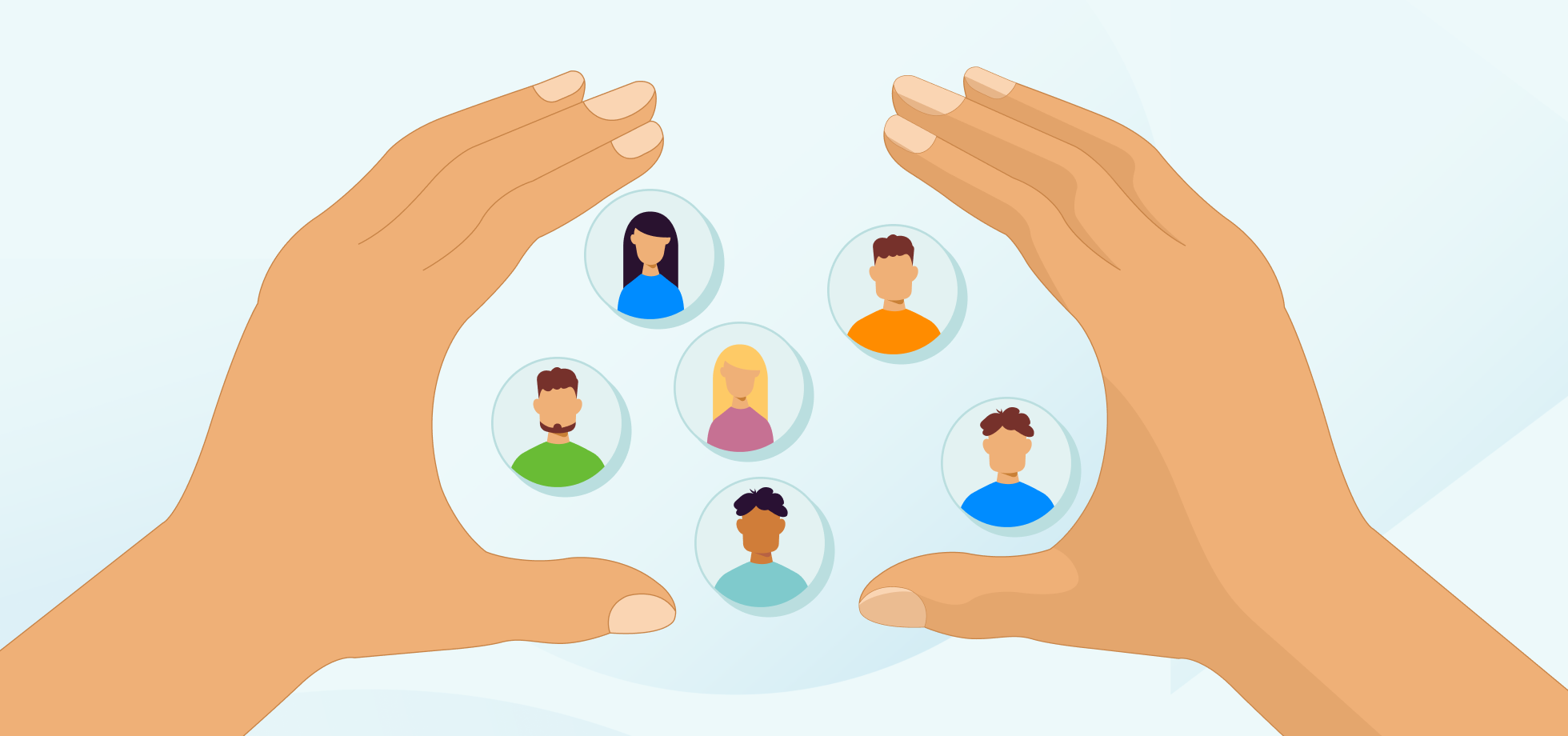
Retaining existing customers is typically less expensive and more profitable than acquiring new customers. Minding the following practices will help your business achieve revenue growth by retaining your most valuable customers.
- Monitor customer satisfaction metrics such as NPS and use this data to identify areas for improvement.
- Use data analytics to identify opportunities for upselling and cross-selling. The most effective ones include customer segmentation, purchase history, and predictive analysis.
- Focus on surveys, focus groups, and other feedback tools (such as social media listening, usability testing, online reviews, etc.) to gather insights into customer needs and preferences.
- Choose a customer relationship management system to track customer interactions and schedule regular check-ins.
- Make the most of automation tools to streamline check-in and ensure customers receive timely and personalized communication.
Optimize your B2B customer retention plan
By following the abovementioned strategies, you can create a loyal customer base more likely to stick with you in the long run. As they require minimal investment compared to acquiring new customers, these strategies are effective and cost-efficient.
Prioritize customer retention, and you will see an increase in revenue and a boost in brand reputation and credibility within your industry.
Frequently Asked Questions (FAQs)
B2B industries typically see higher retention rates than B2C, ranging from 70% to 90%. Rates vary by sector, with SaaS and subscription-based models having the highest benchmarks.
A realistic goal depends on your industry, business model, and customer lifecycle. For most businesses, a retention rate above 80% is considered strong. Newer companies may aim lower while refining their product and service delivery.
Yes. Customer retention rate is a key performance indicator that reflects how well a business keeps existing customers over time. It’s essential for measuring customer satisfaction, loyalty, and long-term profitability.
Offer tailored solutions, demonstrate expertise through content and case studies, and build relationships through personalized outreach, referrals, and strategic partnerships.
The four types often include producers (who use your product in their operations), resellers (who sell it to others), governments (who require bids and compliance), and institutions (like hospitals or schools with specific purchasing needs).
The 80-20 rule suggests that 80% of your business often comes from 20% of your customers. Focusing on retaining high-value clients can significantly improve revenue and long-term growth.
Related articles
Top 15 best customer service companies: Setting the gold standard
Companies face a $3.7 trillion annual risk due to ba...
What is SIP Trunking? How it works and why should you use it
The global shift away from traditional phone systems...
Essential guide to toll-free numbers: Benefits, costs, and best practices
If you’ve ever contacted a business over the phone, ...
How to deal with angry customers: 10 Strategies and scripts that work
An angry customer isn’t just a bad day. It’s a fork ...
CPaaS vs UCaaS: Key differences and when to use them
Effective communication is the key to success for an...

